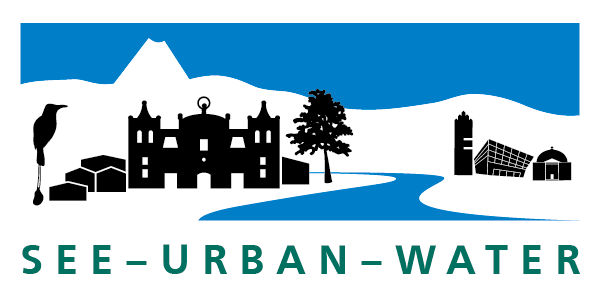The urban transition research area is comprised of the neighborhoods Los Jardines, La Providencia, and Villa Democracia. Local actors include the Nicaraguan health ministry MINSA, schools and churches. It is characterized by spatial disparities with regards to its infrastructure development. Both well-developed residential areas close to the city center and informal settlements along the river can be found. The houses located alongshore lack public services, especially waste collection and connections to the sewerage system, which forces them to develop their own strategies for dealing with waste (e.g. burning garbage and discharging wastewater to the river).
The perennial river is a result of numerous springs along the channel which also improve its self-depuration capacity. Meanders, gradual slope of the riparian zone, and finer sediments on the river bed are the main characteristics of its morphology. Although the natural status of the river is still high, several anthropogenic impacts endanger it. Major damage is being caused both from the effluents of two upstream wastewater treatment plants and uncontrolled deforestation and land-use change. The river is further harmed by stormwater runoff; however, the impact on the river is lower than in the urban formal research area because of the less pronounced topography and permeable areas close to the river bank.







